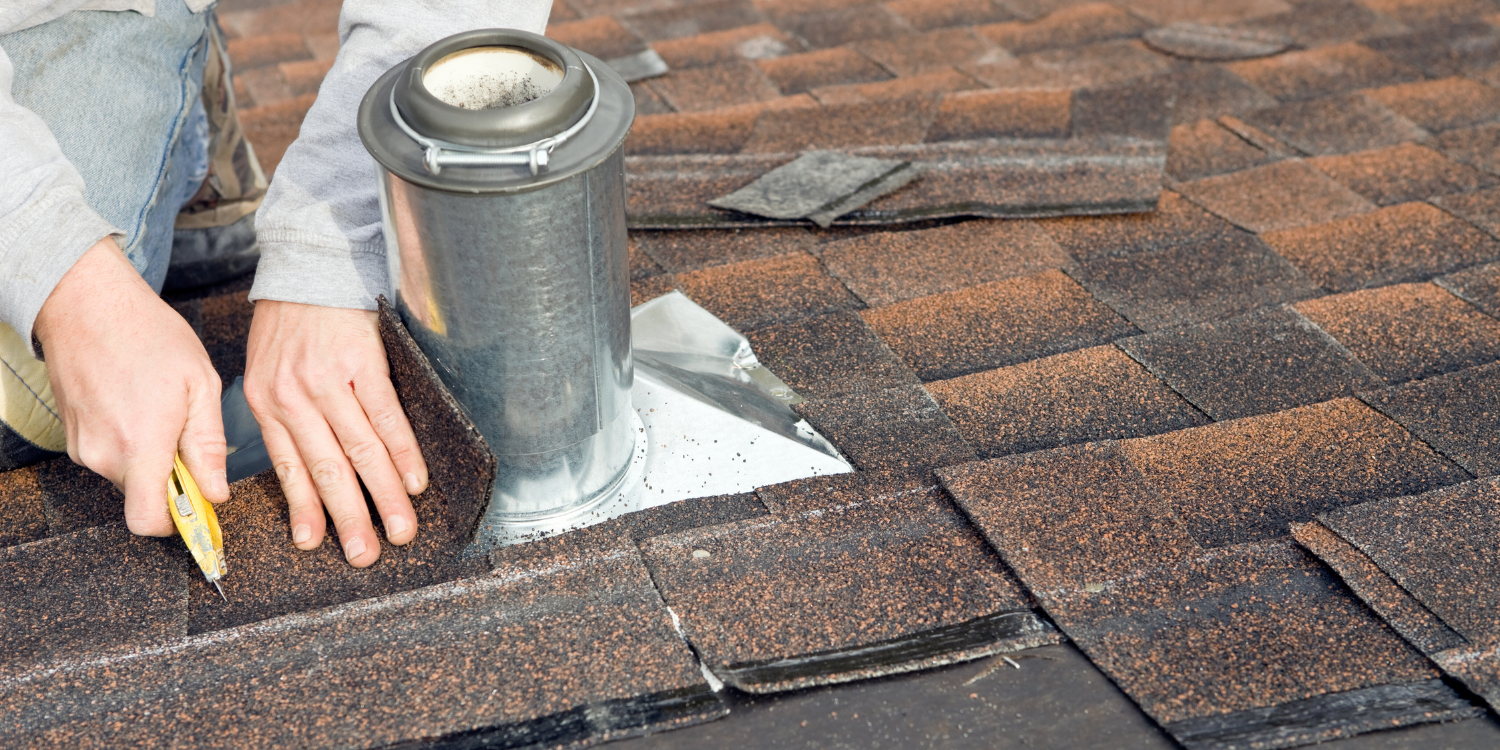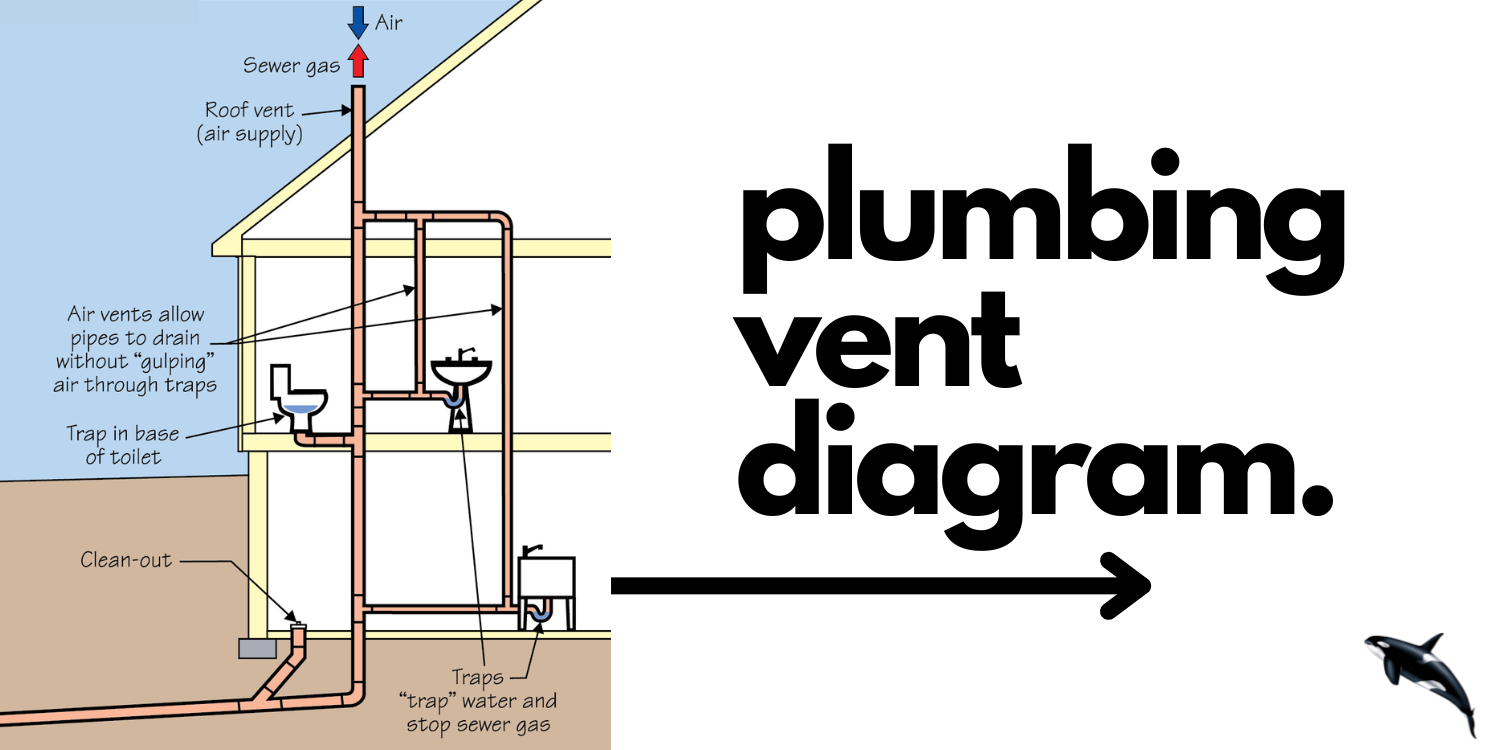Picture this: You turn on the faucet, ready for a refreshing splash of water, only to be met with a cacophony of gurgles and reluctant trickles.
If this sounds familiar, you are not alone – it is a common symphony that plays out when plumbing systems lack proper ventilation.
Ventilation in plumbing might not be as conspicuous as pipes and faucets, but its impact is undeniable. Just as you need to exhale to inhale fresh air, plumbing systems need proper ventilation to expel air and allow water to move freely.
Imagine the last time you faced a clogged drain, a sluggish flush, or worse, sewage backup. These are plumbing nightmares that proper ventilation can prevent. Ventilation prevents airlock, that pesky situation where water encounters resistance due to trapped air. By offering an escape route for air, your pipes can breathe easily, and so can you.
What is a plumbing vent?
A plumbing vent, also known as a vent stack or vent pipe, is an essential component of a building's plumbing system. Its primary function is to ensure the proper and safe operation of the drainage system by providing a pathway for air to enter the plumbing pipes.
But the marvels of ventilation extend beyond mere water flow. Here’s why:
Air Circulation
Plumbing systems rely on gravity to move wastewater and sewage away from fixtures like sinks, toilets, and showers. As water drains, it creates negative pressure within the pipes. Without a plumbing vent, this negative pressure can siphon water out of the traps (the U-shaped bends in drainpipes), allowing sewer gases to enter the building and creating the potential for clogs.
Trap Protection
Plumbing vents prevent the siphoning of water from traps by introducing fresh air into the drainage system. This air circulation breaks the vacuum effect and maintains the water seal in the traps. Traps are essential because they create a barrier that prevents sewer gases, which can be harmful and foul-smelling, from entering living spaces.
Odour Control
By allowing air to escape through the plumbing vent, foul odours from the sewage system are safely vented to the outdoors, preventing unpleasant smells from infiltrating your home or building.
Equalizing Pressure
Plumbing vents also help equalize air pressure within the drainage system. When water is rapidly discharged from a fixture, such as flushing a toilet, the vent allows air to enter the pipes, preventing gurgling sounds and ensuring smooth drainage.
Compliance
Plumbing codes and regulations typically mandate the installation of plumbing vents in residential and commercial buildings to ensure the safety and functionality of the plumbing system.
Components
A typical plumbing vent consists of a pipe that extends vertically from the drainage system, usually through the roof of the building. It may also have a vent cap or cover to prevent debris and pests from entering.

It is recommended that you test your plumbing vent at least once every two years. If you don’t test your plumbing vents, it can lead to issues such as:
- Slow-draining sinks and toilets
- Water heater issues
- Musty smells
If you are unsure if your plumbing vent is clogged or not, there are a few ways you can use to indicate your plumbing vent health:
- Backed-up drains
- Gurgling noises coming from your plumbing fixtures
- Odours such as sewer gas
- A constantly overflowing toilet

If you are experiencing any of these signs, you should call a plumber immediately to check them out. It is better to get a clogged plumbing vent resolved quickly, and if left unnoticed it can cause serious plumbing problems within your home.
In summary, a plumbing vent is a critical component of a plumbing system that maintains proper drainage, prevents sewer gases from entering living spaces, and ensures the system's safe and efficient operation. It plays a pivotal role in maintaining hygiene, preventing clogs, and protecting the health and well-being of building occupants.
At The Plumbline, we understand the importance of having expertise on hand when making decisions about plumbing. We have a team of experienced professionals on-site to help you find the appropriate products for the right job.
Contact us today using our Contact Us page to explore the wide range of options and find the perfect solution for your plumbing needs. Alternatively, you can visit one of our five branches, and find your nearest branch using our Branch Locator.
